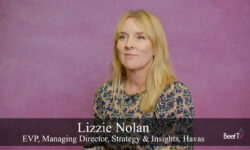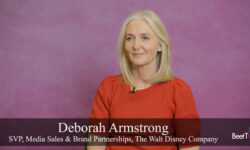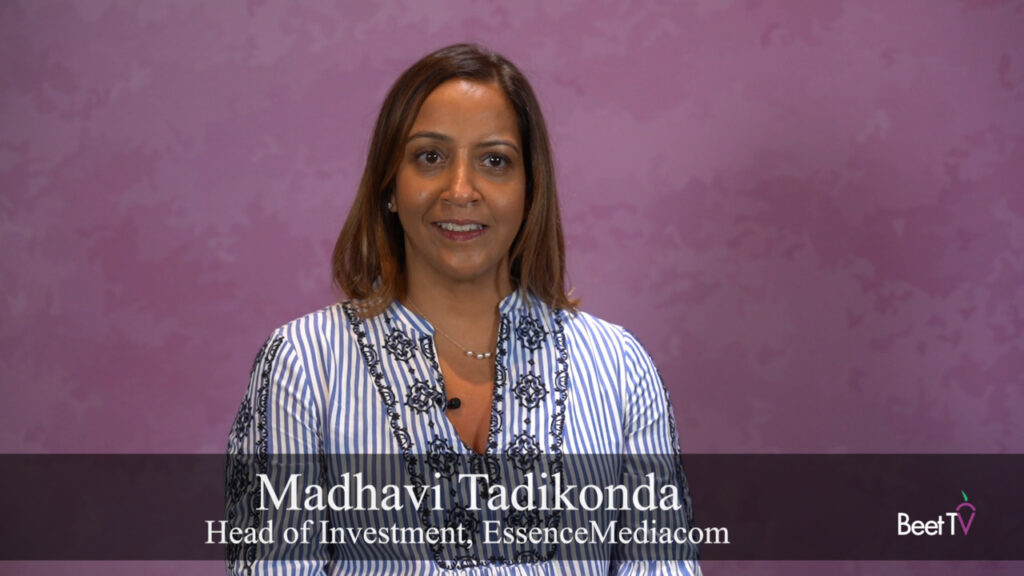LONDON, UK — For a practice that once drew suspicion in TV land, programmatic ad trading’s arrival in the channel is now clear.
And, since everyone agrees programmatic still has work-ons when it comes to connected TV, the growth curve could get even higher.
Speaking to me at The Future of TV Advertising Global 2023, presented by Index Exchange, Paul Gubbins, VP, CTV Strategy & Publisher Marketing, Publica by IAS, explains the journey.
Programmatic’s Rise
Gubbins says programmatic was on the lips of conference attendees: “If we go back several years, programmatic was really on the periphery of many conversations when it came to television. Now it’s very much front and center.”
The stats concur. Almost all growth in programmatic ad spending is coming from video, eMarketer says. Furthermore:
“Of the $25.09 billion in US CTV ad spend we project this year, $21.52 billion will be programmatic. That means close to 9 in 10 CTV ad dollars are programmatic, and programmatic ad spend on the platform will climb by double digits through the end of our forecast period in 2025.”
No wonder 16% of all US programmatic digital display ad spend is on CTV, according to the analyst firm.
Gubbins says the new practice is opening up TV ad opportunities for a new breed of advertisers: “It’s also new advertisers that thus far have been absent from linear television because they haven’t had the budgets or they haven’t had the ability to get their ads onto the biggest screen in the household.”
Challenges For CTV Ads
Still, there are some quirks to iron-out along the way.
Publica offers tools to empower streaming publishers and TV manufacturers to create linear-like TV ad breaks, because many in the industry are concerned that programmatically-powered TV ads could degrade the viewer experience, with things like poor playback quality or even a clashing of competitive brands.
“It’s about taking the best of digital programmatic and rebuilding it from the ground up for television to make sure that we get the ad break experience right,” Gubbins says.
(“We need) to make sure that audiences aren’t bombarded with the same ads back to back in the same ad break, to make sure that ad buyers have got the same controls in addressable TV that they’ve had for many years in linear television.”
The Challenge of Measurement
Despite the promising growth of addressable TV, Gubbins acknowledges the ongoing challenges around measurement, as the industry decides whether the channel should be measured like digital media or like traditional TV.
Gubbins says: “I think we’ve still got some way to go in regards to collectively agreeing on what the currency should be and how those on both the buy and sell side measure and quantify TV audiences. But it’s great to see a lot of focus around various different JICs and different organizations and trade bodies trying to figure out what those best practices look like.
“Everybody collectively agrees, that unless we can measure and quantify properly, it’s going to be very difficult for some of the largest advertisers in the world to fully transition ad spend from linear into the growing addressable, AVOD and FAST environments that we’ve seen many TV audiences are now proactively leaning into on a daily basis.”
You’re watching Beet.TV coverage of The Future of TV Advertising Global 2023, presented by Index Exchange. For more videos from this series, please visit this page.












































